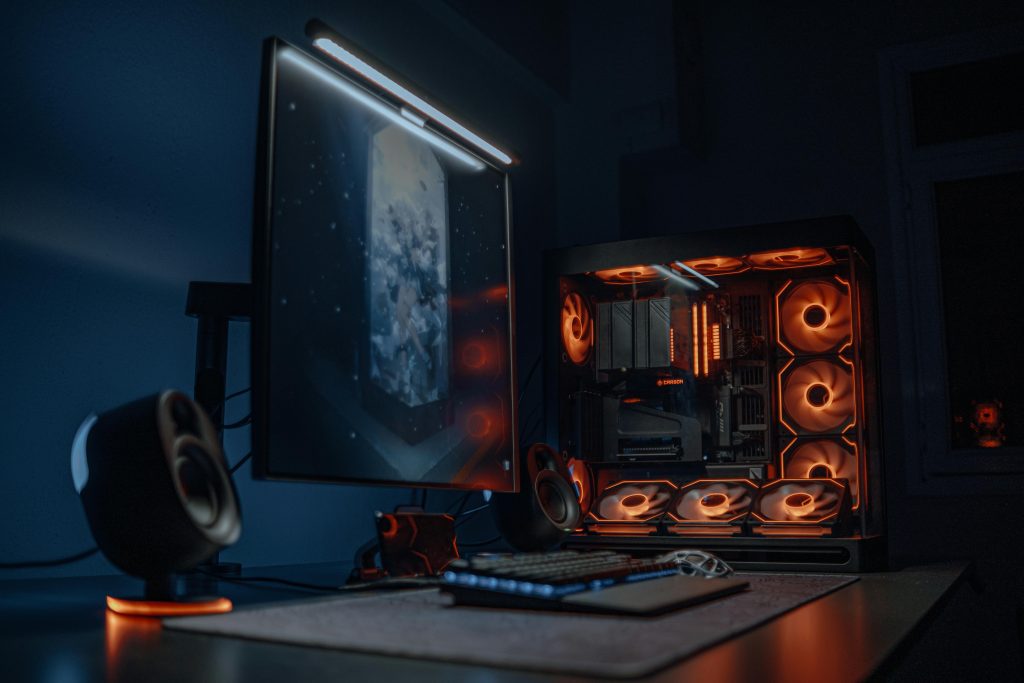Creating a Custom Gaming PC for Your Younger Sibling: A Step-by-Step Guide
Introduction
Building a computer for a younger sibling can be a rewarding experience, especially if it enhances their gaming and computing experience. In this article, we’ll explore practical approaches to assembling a budget-friendly gaming PC for a 15-year-old and discuss essential considerations to ensure the build meets their needs without overspending.
Understanding Your Sibling’s Needs
Before diving into hardware choices, it’s important to assess what your sibling primarily uses the computer for. Since he mainly plays games like Roblox, Fortnite, and Rainbow Six Siege, the system should be capable of running these titles smoothly. While the existing console gaming setup is sufficient, upgrading to a PC could provide broader functionality and flexibility.
Budget Considerations
Given your current circumstances—being 18, preparing for college, and recently purchasing a car—it’s wise to establish a realistic budget for this project. Aiming for cost-effective solutions that balance performance with affordability is key.
Recommended Approach: Upgrading an Off-the-Shelf Desktop
One popular and economical method is purchasing a pre-owned office desktop computer, such as an Dell Optiplex, from sources like eBay. These machines often come with decent basic hardware, and their compact form factor makes them suitable for upgrades.
Advantages of this method include:
- Cost Savings: Lower overall investment compared to building from scratch.
- Ease of Upgrade: Many office PCs are designed with upgradeability in mind, allowing you to add or replace components like RAM, storage, and graphics cards.
- Reduced Compatibility Concerns: Pre-configured systems generally have standardized hardware, simplifying upgrade decisions.
Key Upgrade Recommendations
- Graphics Card: Since gaming is the primary use, investing in a dedicated GPU (such as an NVIDIA GeForce GTX or AMD Radeon equivalent) will significantly improve gaming performance.
- Memory (RAM): Increasing RAM to at least 8GB ensures smoother multitasking and gaming.
- Storage: Adding or replacing with an SSD for faster load times and overall responsiveness.
- Power Supply and Cooling: Check if the existing power supply can support the new GPU, and ensure proper cooling solutions are in place.
Alternative Options to Consider
- Custom Budget Build: If you’re comfortable with more involved hardware selection, assembling a custom PC from affordable components can be more tailored to your needs.
- Prebuilt Budget Gaming PCs: Many manufacturers offer entry-level gaming desktops that come with significant performance
Share this content:



